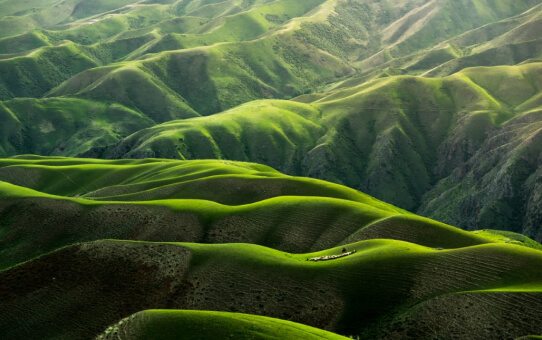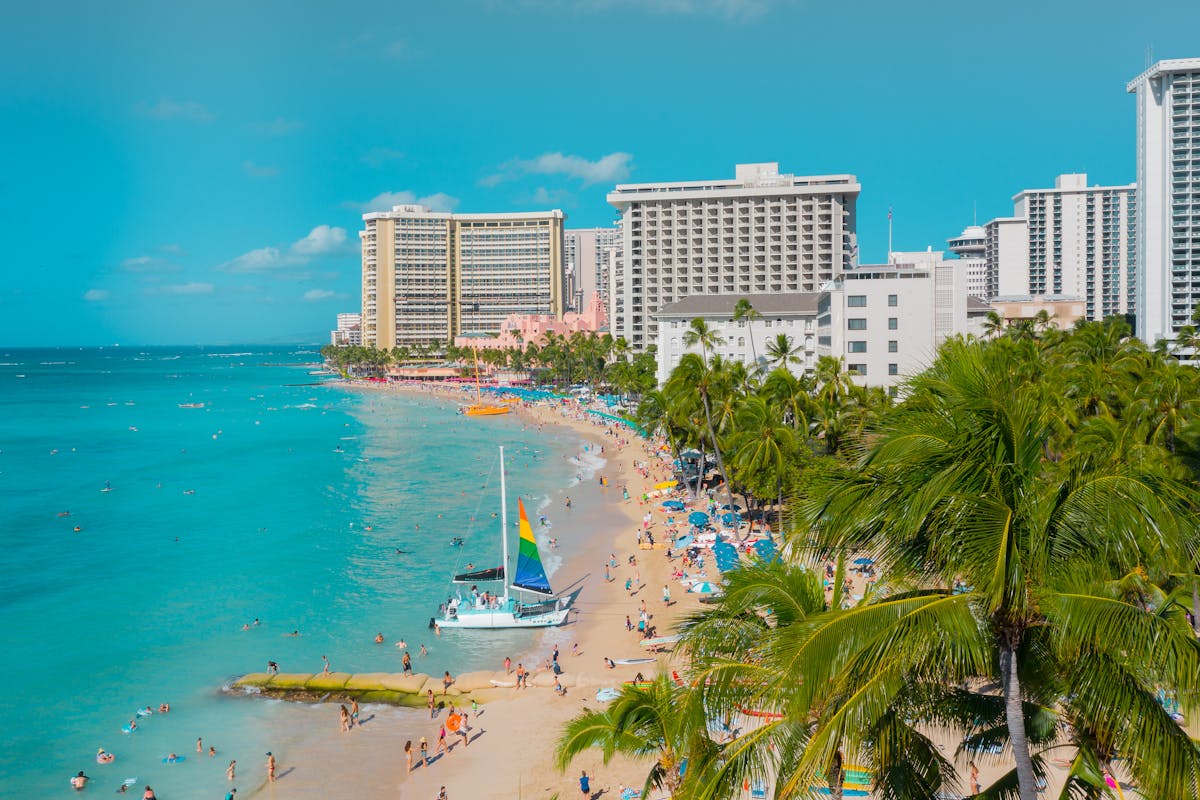
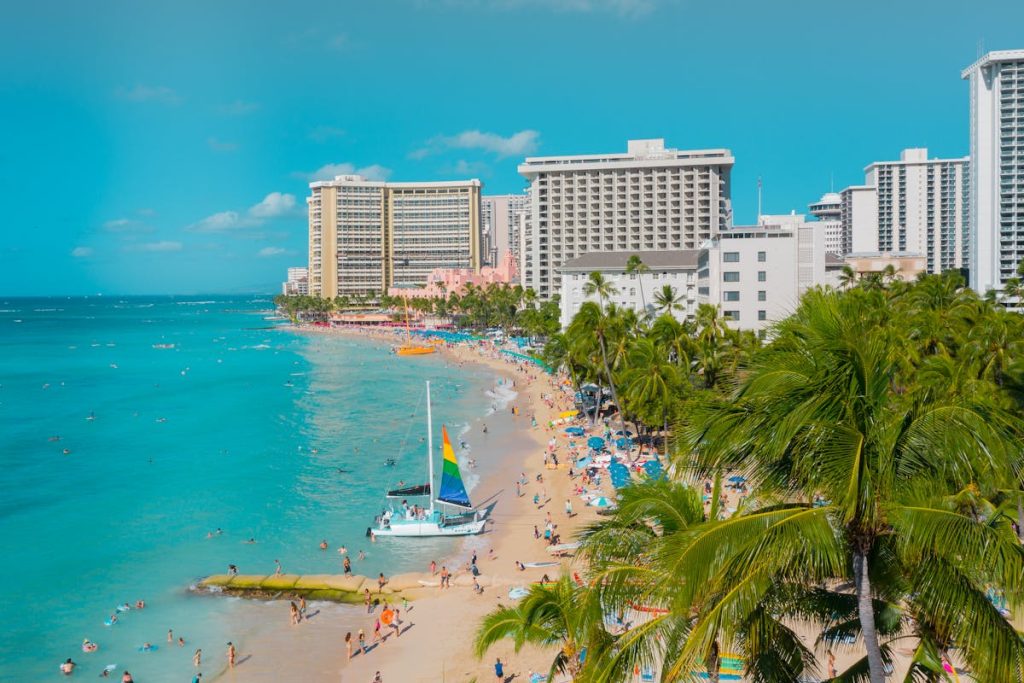 Jess Loiterton/Pexels
Jess Loiterton/Pexels
Along America’s coastlines, some towns have managed to hold on to their maritime roots even as tourism and modern life evolve around them. You can walk their docks, hear the hum of working boats, and watch traditions passed down through generations. These towns blend history, community, and craftsmanship, keeping the heart of fishing culture alive. From the Atlantic to the Pacific, each one offers a glimpse of a slower, saltier way of life that still feels timeless today.
Gloucester, Massachusetts
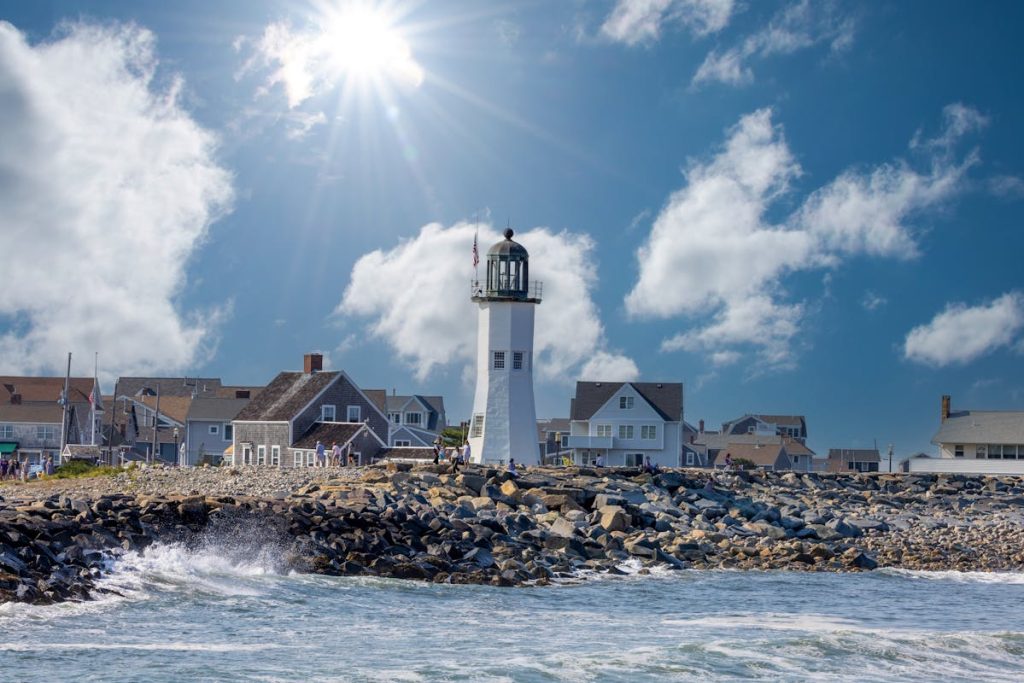 Mohan Nannapaneni/Pexels
Mohan Nannapaneni/Pexels
Gloucester has been one of America’s oldest fishing ports since the 1600s, where you can still see trawlers setting out before dawn. The smell of salt and diesel fills the harbor as fishermen unload the day’s catch. You can visit the Fishermen’s Memorial or explore seafood shacks serving fresh lobster and cod. The town’s deep connection to the sea defines its character, creating a living link between heritage and hard work.
Apalachicola, Florida
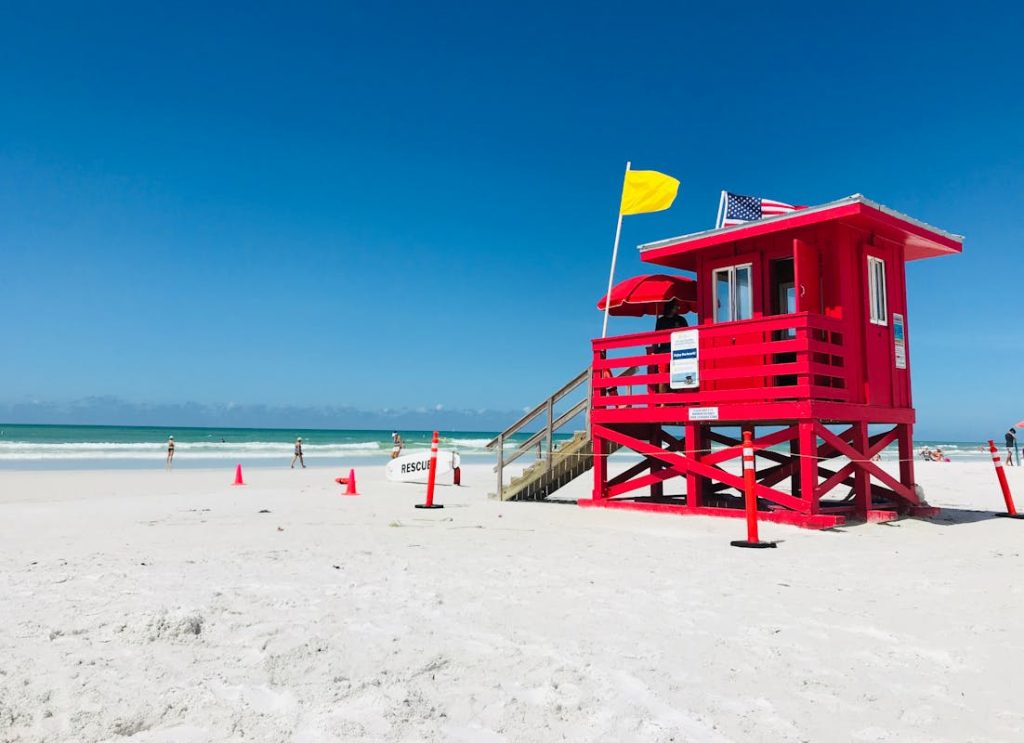 Celica/Pexels
Celica/Pexels
Apalachicola remains one of Florida’s last true fishing towns, where oysters, shrimp, and blue crabs fuel daily life. You can stroll along the working waterfront and watch boats return with their hauls while pelicans linger nearby. The town’s historic buildings and quiet charm reflect its roots in Gulf Coast trade. Fishing isn’t just an industry here; it’s a tradition woven into the rhythm of the tides.
Astoria, Oregon
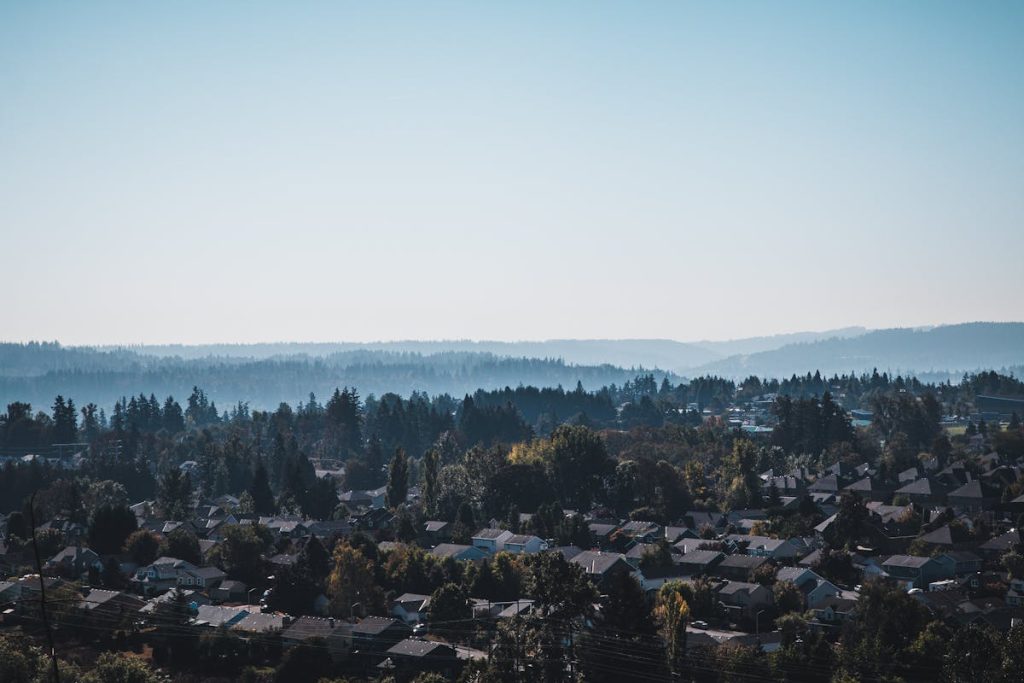 Liz Lauren/Pexels
Liz Lauren/Pexels
Astoria sits at the mouth of the Columbia River, where fishing and canning shaped the town’s history. You can explore restored wharves and maritime museums that honor its long legacy. Fishermen still chase salmon and sturgeon in nearby waters, keeping the town’s seafaring spirit alive. With its misty mornings and old world feel, Astoria blends nostalgia and authenticity in every salty breeze.
Port Townsend, Washington
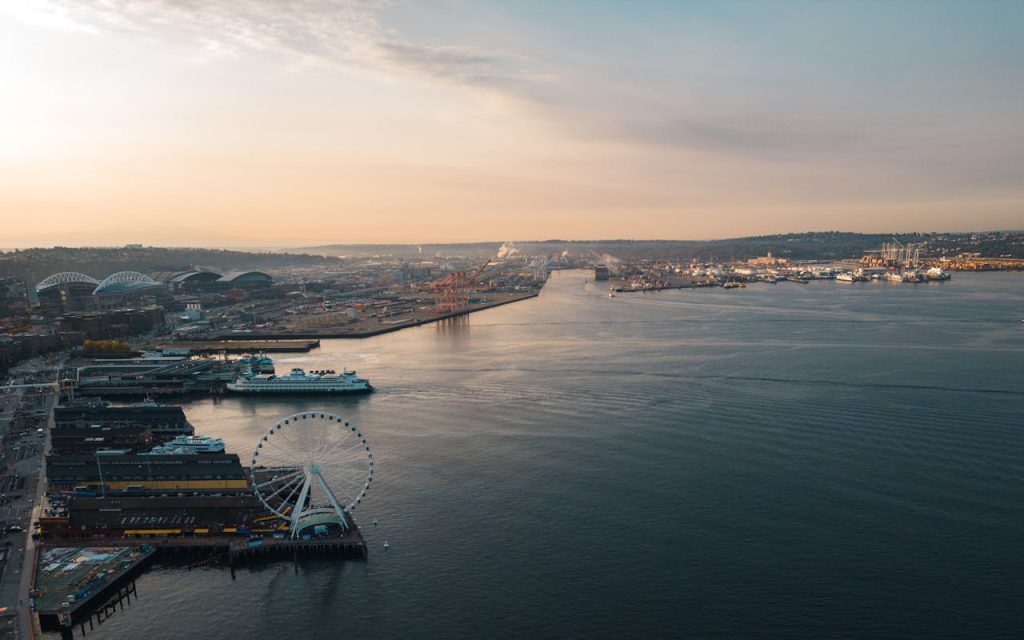 Willian Justen de Vasconcellos/Pexels
Willian Justen de Vasconcellos/Pexels
Port Townsend’s wooden boat heritage and active fishing docks give it a charm that feels frozen in time. You can see fishermen mending nets beside vintage shipyards and watch crab boats heading out to sea. The town’s Victorian era waterfront and maritime festivals celebrate its working past. Every view of the harbor reminds you that fishing here is more than a job; it’s a calling passed down for generations.
Stonington, Maine
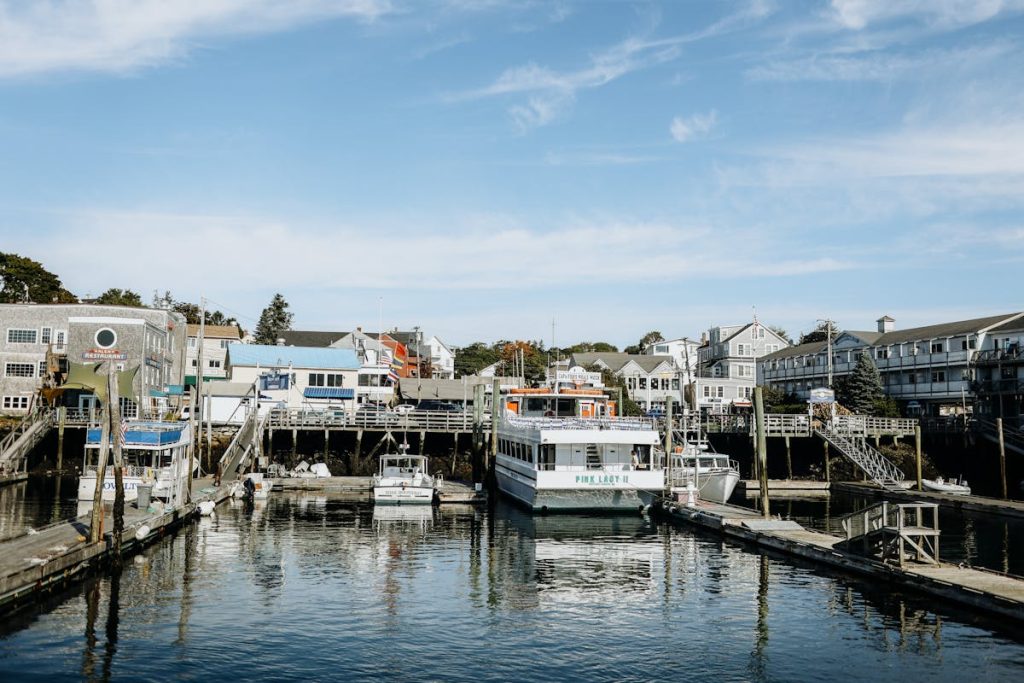 Leah Newhouse/Pexels
Leah Newhouse/Pexels
Stonington sits on Deer Isle and remains one of Maine’s most productive lobster ports. You can watch traps piled high along the docks and listen to the chatter of fishermen planning their next run. The town’s granite buildings and rocky shoreline create a rugged beauty that mirrors its resilient community. Stonington’s enduring spirit shows how deeply the sea shapes life in coastal Maine.
Bayou La Batre, Alabama
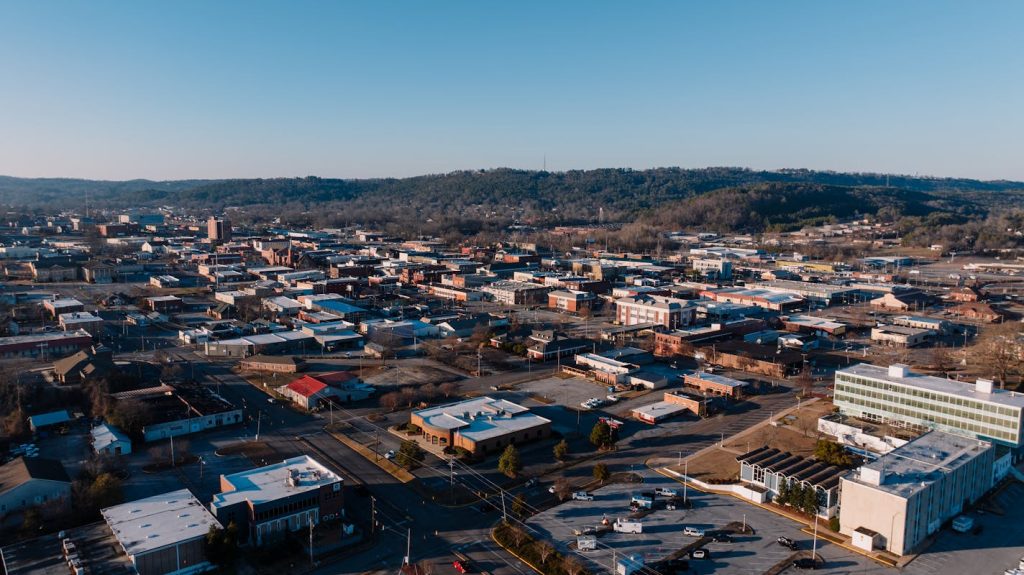 Kelly/Pexels
Kelly/Pexels
Bayou La Batre is known as Alabama’s seafood capital, where shrimping fleets and oyster boats dominate the waterfront. You can wander through busy docks lined with nets and crates of fresh catch. The blend of cultures here adds flavor to both the food and traditions. Fishing defines the local identity, making the town a living testament to the Gulf’s working class pride and perseverance.
Nantucket, Massachusetts
 Nik from Pexels/Pexels
Nik from Pexels/Pexels
Nantucket’s cobblestone streets and historic wharves hide a long fishing legacy beneath their charm. You can still find fishermen hauling in striped bass or scallops in the same waters that once launched whaling ships. The island’s seafood markets and maritime museums preserve its coastal identity. Nantucket’s balance between luxury and tradition proves that even in modern times, fishing culture can still thrive beside the tide.
Kodiak, Alaska
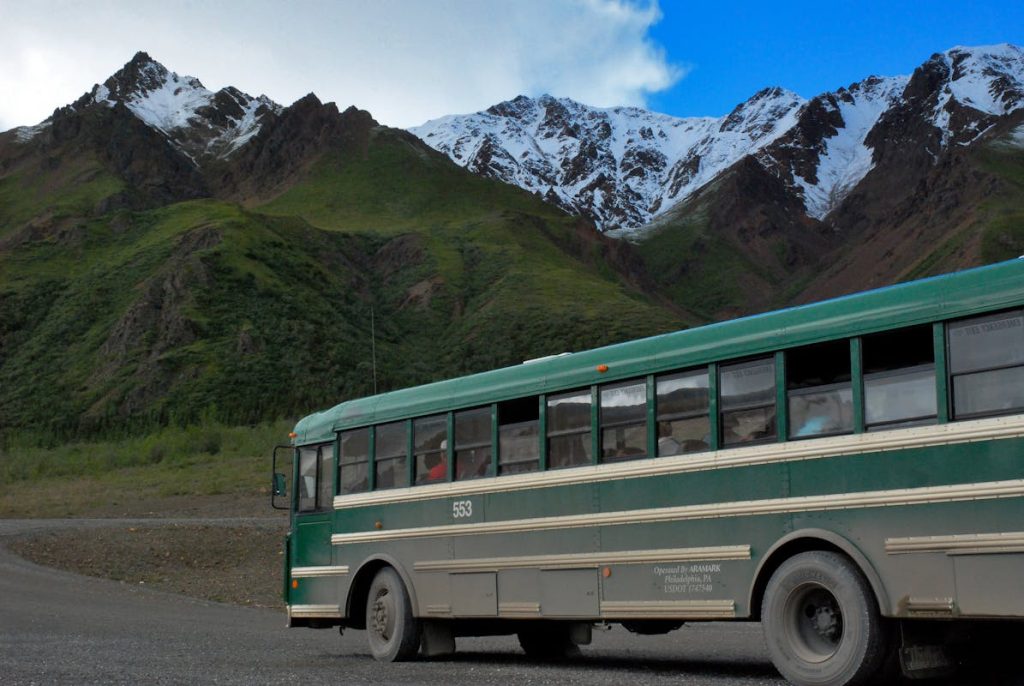 Preston Zeller/Pexels
Preston Zeller/Pexels
Kodiak’s remote beauty and bustling harbor make it one of America’s fishing powerhouses. You can see fleets heading into cold waters for salmon, halibut, and crab while eagles soar overhead. The community relies on both skill and respect for nature to sustain its way of life. In this rugged corner of Alaska, fishing is more than work; it’s the foundation of survival and community connection.
Like this post? share it, or pin it for later!
Like this:
Like Loading…
Related
Please visit:
Our Sponsor

